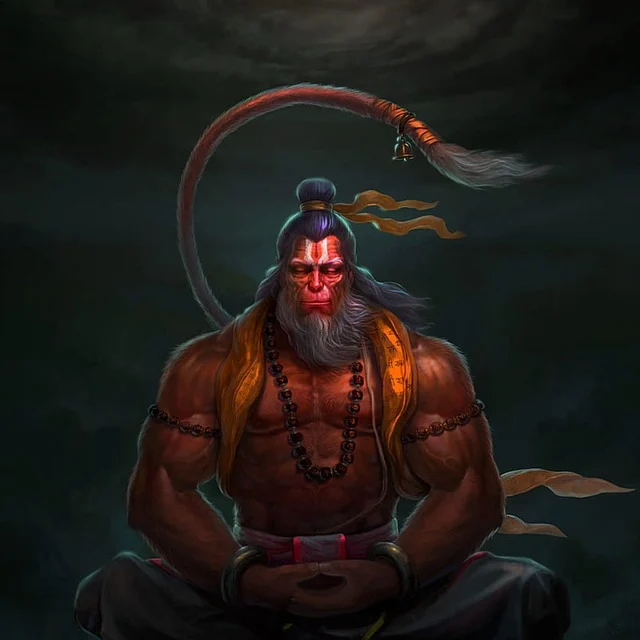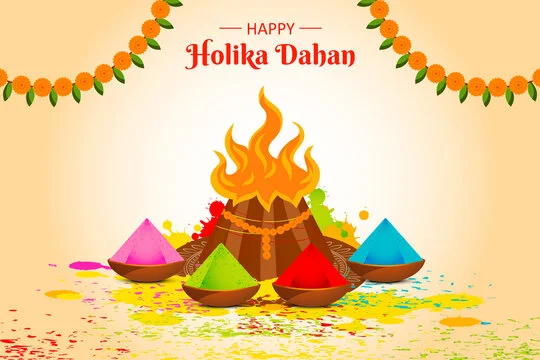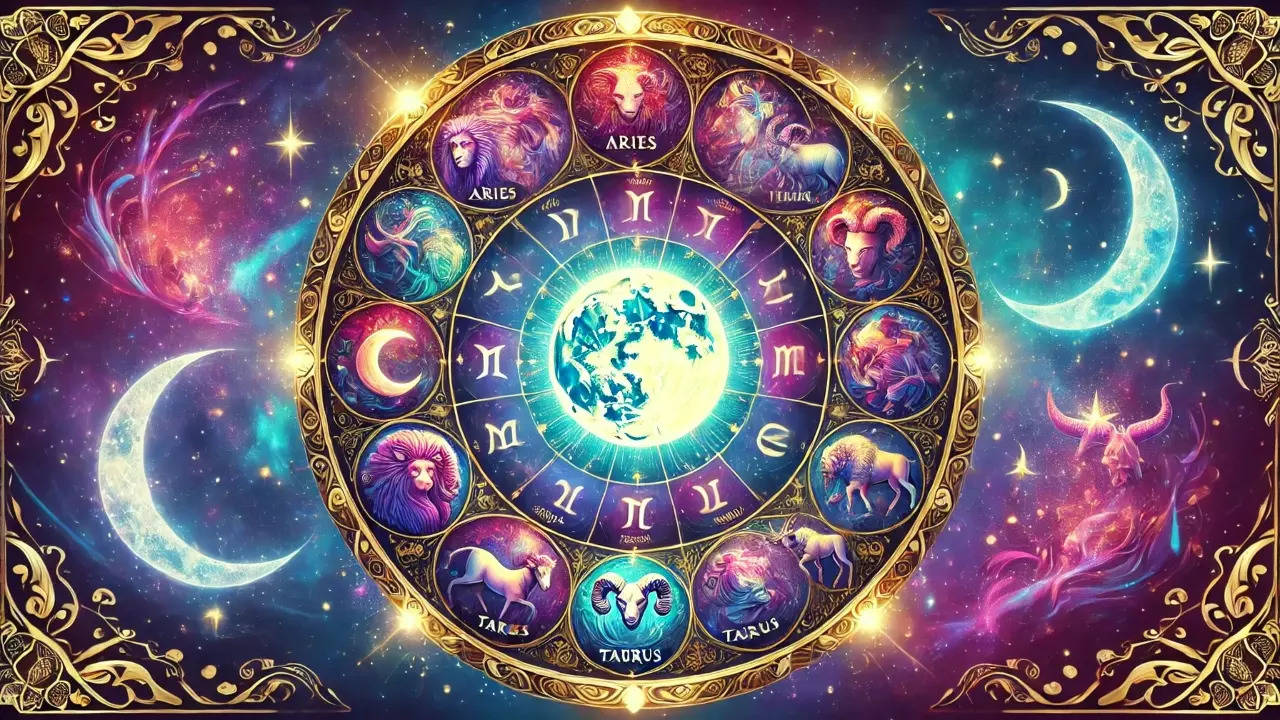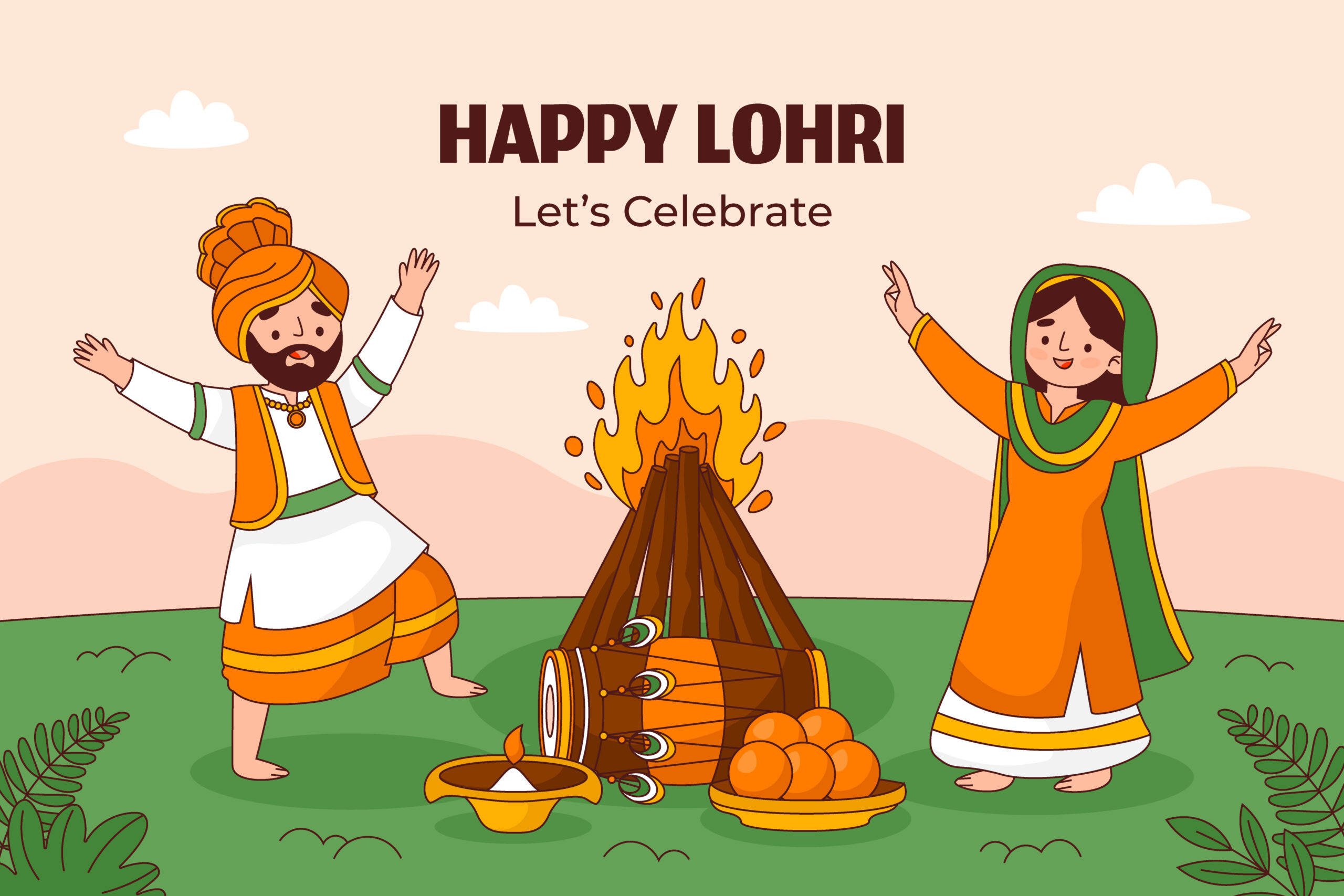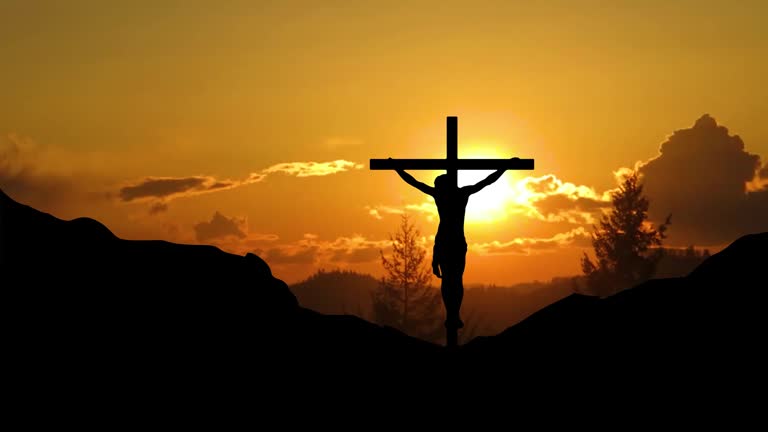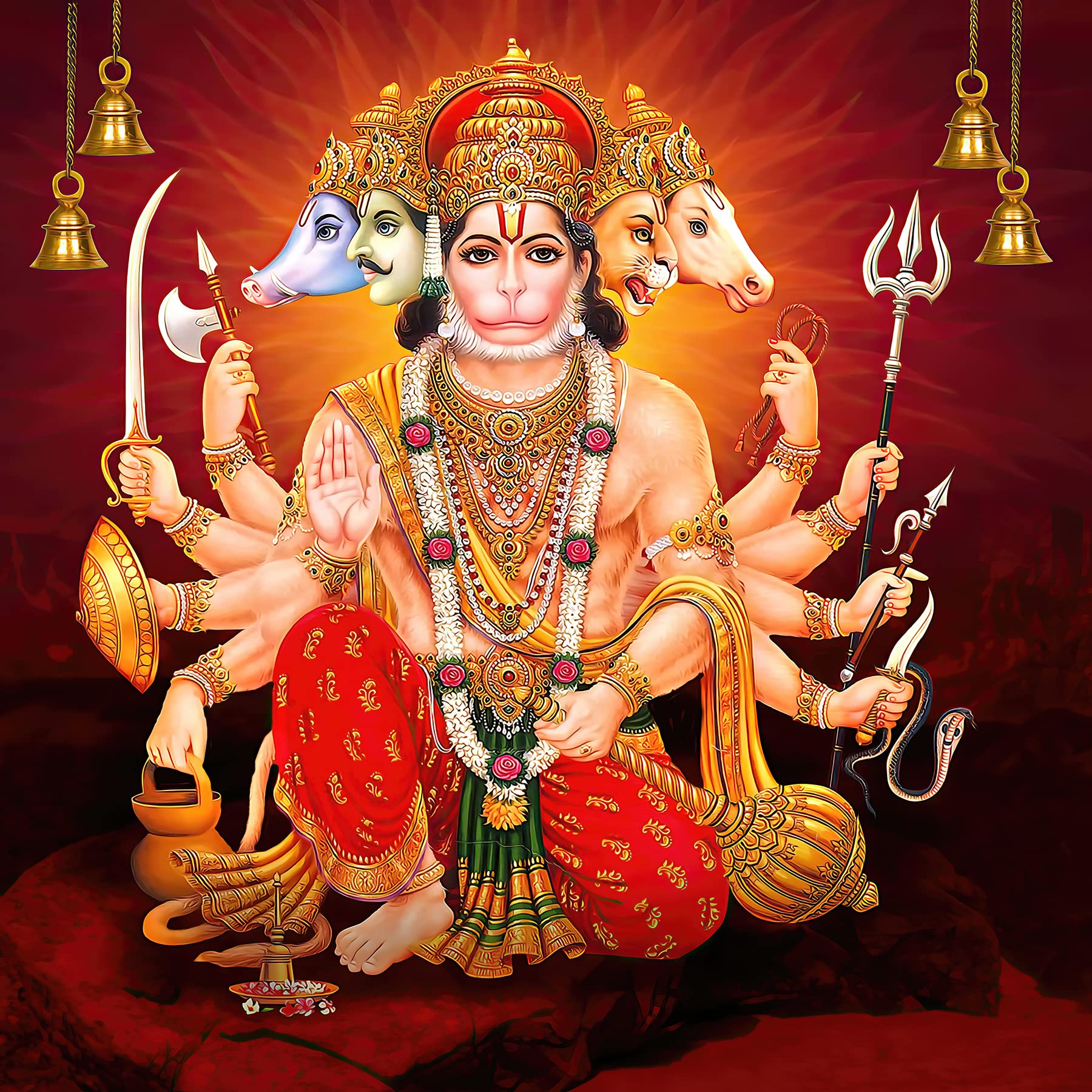Holika Dahan 2025: Significance, Rituals, and Celebration Guide
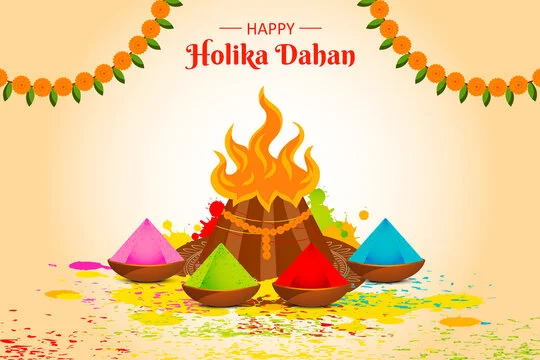
Introduction to Holika Dahan
Holika Dahan, observed a day before the vibrant festival of Holi, is a significant Hindu tradition that embodies the triumph of good over evil. Scheduled for March 24, 2025, this festival marks the burning of Holika, a mythological demoness, symbolizing the victory of devotion and righteousness. The sacred fire lit during Holika Dahan is believed to ward off evil spirits, cleanse negative energies, and bring prosperity.
The story behind Holika Dahan is deeply rooted in Hindu mythology, particularly the tale of Prahlad and his unwavering devotion to Lord Vishnu. This festival is a reminder of the power of faith and the ultimate victory of good over evil, making it one of the most cherished celebrations in India.
Date and Timings of Holika Dahan 2025
In 2025, Holika Dahan falls on Monday, March 24. The auspicious time to perform the Holika Dahan rituals, known as Muhurat, is crucial for the sanctity of the event. Based on Hindu lunar calculations, the best time for the ceremony is typically during the evening, after sunset. Specific timings will vary based on local Panchang (Hindu calendar), so consulting a priest or an accurate Panchang is advisable.
Significance of Holika Dahan
Holika Dahan holds profound spiritual and cultural significance:
-
Victory of Good Over Evil:
-
The festival commemorates the story of Prahlad, a devotee of Lord Vishnu, and his triumph over his tyrannical father, King Hiranyakashipu, and the demoness Holika.
-
-
Symbol of Renewal:
-
The fire of Holika Dahan is seen as a metaphor for burning away negativity, sins, and past grievances to pave the way for new beginnings.
-
-
Agricultural Importance:
-
In many rural communities, Holika Dahan marks the end of winter and the beginning of the harvest season, symbolizing abundance and prosperity.
-
-
Community Bonding:
-
The celebration strengthens communal ties as people gather around the bonfire to perform rituals, sing traditional songs, and share festive joy.
-
Mythological Background
The most popular legend associated with Holika Dahan is the story of Prahlad and Holika:
-
Hiranyakashipu's Arrogance: King Hiranyakashipu, Prahlad’s father, was a demon king who considered himself invincible and demanded that everyone worship him as God. However, his son, Prahlad, was a devout follower of Lord Vishnu.
-
Holika’s Role: Unable to tolerate Prahlad’s devotion to Vishnu, Hiranyakashipu ordered his sister, Holika, to kill Prahlad. Holika had a boon that made her immune to fire. She tricked Prahlad into sitting on her lap in a blazing fire, thinking he would perish.
-
Divine Intervention: Lord Vishnu’s grace protected Prahlad, while Holika was burned to ashes. This miraculous event signifies the protection of righteousness and the destruction of evil forces.
Rituals of Holika Dahan
-
Preparation of the Pyre:
-
A large bonfire is prepared in an open space using wood, dried cow dung cakes, and other combustible materials.
-
Effigies of Holika and sometimes Hiranyakashipu are placed on the pyre to symbolize their destruction.
-
-
Puja (Worship):
-
People perform a ritualistic puja around the pyre, offering flowers, coconut, raw mangoes, and grains.
-
Women often walk around the fire with their families, seeking blessings for prosperity and health.
-
-
Lighting the Fire:
-
The fire is lit during the Muhurat time, accompanied by chanting of mantras and traditional songs.
-
Devotees circumambulate the fire (parikrama) while offering water, turmeric, and rice.
-
-
Ashes for Protection:
-
The ashes from the Holika Dahan fire are considered sacred and are often smeared on the body to protect against evil influences.
-
How Holika Dahan is Celebrated Across India
-
North India:
-
In states like Uttar Pradesh, Rajasthan, and Haryana, Holika Dahan is celebrated with grand bonfires and vibrant folk songs.
-
-
Western India:
-
In Gujarat, the festival is called Holika Dahan or Chhoti Holi, and it is marked by elaborate rituals and community feasts.
-
-
Eastern India:
-
In Bengal, Holika Dahan is celebrated as Dol Jatra, where people worship Lord Krishna and Radha.
-
-
Southern India:
-
In Andhra Pradesh and Tamil Nadu, the festival emphasizes the destruction of Kamadeva (God of love) and includes unique cultural performances.
-
-
Rural Celebrations:
-
Villages across India incorporate agricultural elements into the celebration, thanking the gods for a bountiful harvest.
-
Holika Dahan Recipes and Festive Foods
Food plays an essential role in Holika Dahan celebrations. Popular dishes include:
-
Gujiya: A sweet dumpling filled with khoya and dry fruits.
-
Thandai: A refreshing milk-based drink flavored with almonds, rose water, and spices.
-
Malpua: A traditional dessert made from flour, milk, and sugar, deep-fried and soaked in syrup.
-
Puran Poli: A Maharashtrian delicacy made with sweet lentil stuffing.
-
Pakoras: Savory fritters made with vegetables and chickpea flour.
Environmental Concerns and Eco-Friendly Practices
While Holika Dahan is a joyous occasion, it’s essential to address its environmental impact:
-
Reduce Wood Usage:
-
Use minimal wood and opt for alternative materials like cow dung cakes or waste biomass.
-
-
Avoid Plastic:
-
Refrain from burning plastics or non-biodegradable materials.
-
-
Plant a Tree:
-
Encourage the tradition of planting a sapling alongside the celebrations to promote environmental awareness.
-
-
Community Participation:
-
Organize collective bonfires to reduce resource consumption.
-
Holika Dahan 2025: A Global Perspective
With the Indian diaspora spread worldwide, Holika Dahan is celebrated in countries like the USA, UK, Canada, and Australia. Cultural organizations and temples host bonfires, music, dance performances, and feasts to keep the spirit of the festival alive.
Conclusion
Holika Dahan 2025 is more than just a ritual; it is a celebration of faith, courage, and renewal. Rooted in mythology and cherished by millions, this festival serves as a timeless reminder of the power of righteousness and devotion. By embracing the spirit of Holika Dahan, we not only honor our traditions but also inspire positivity and unity in our communities.
As the flames of Holika Dahan rise, may they burn away negativity and illuminate our lives with peace, prosperity, and happiness. Happy Holika Dahan 2025!

